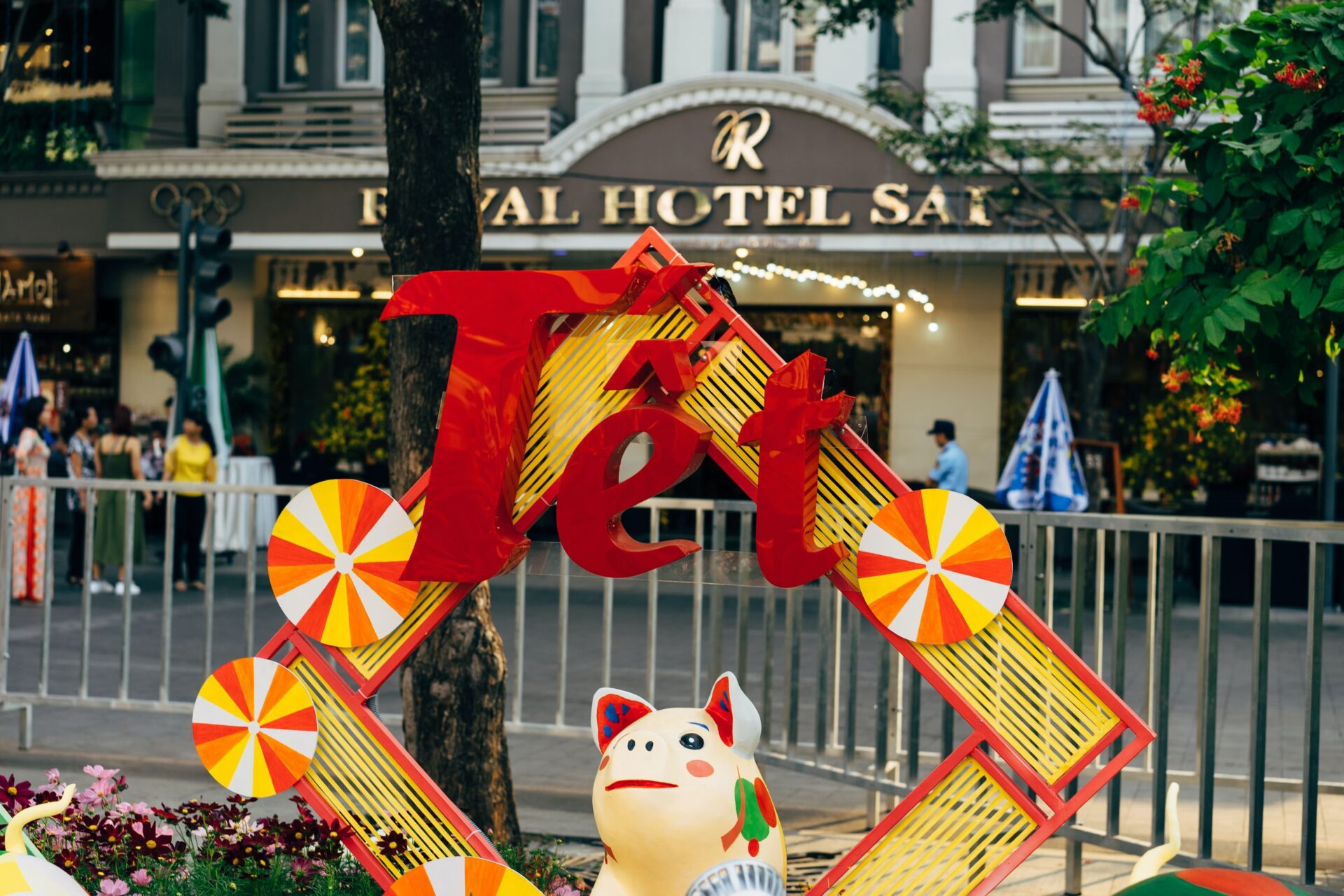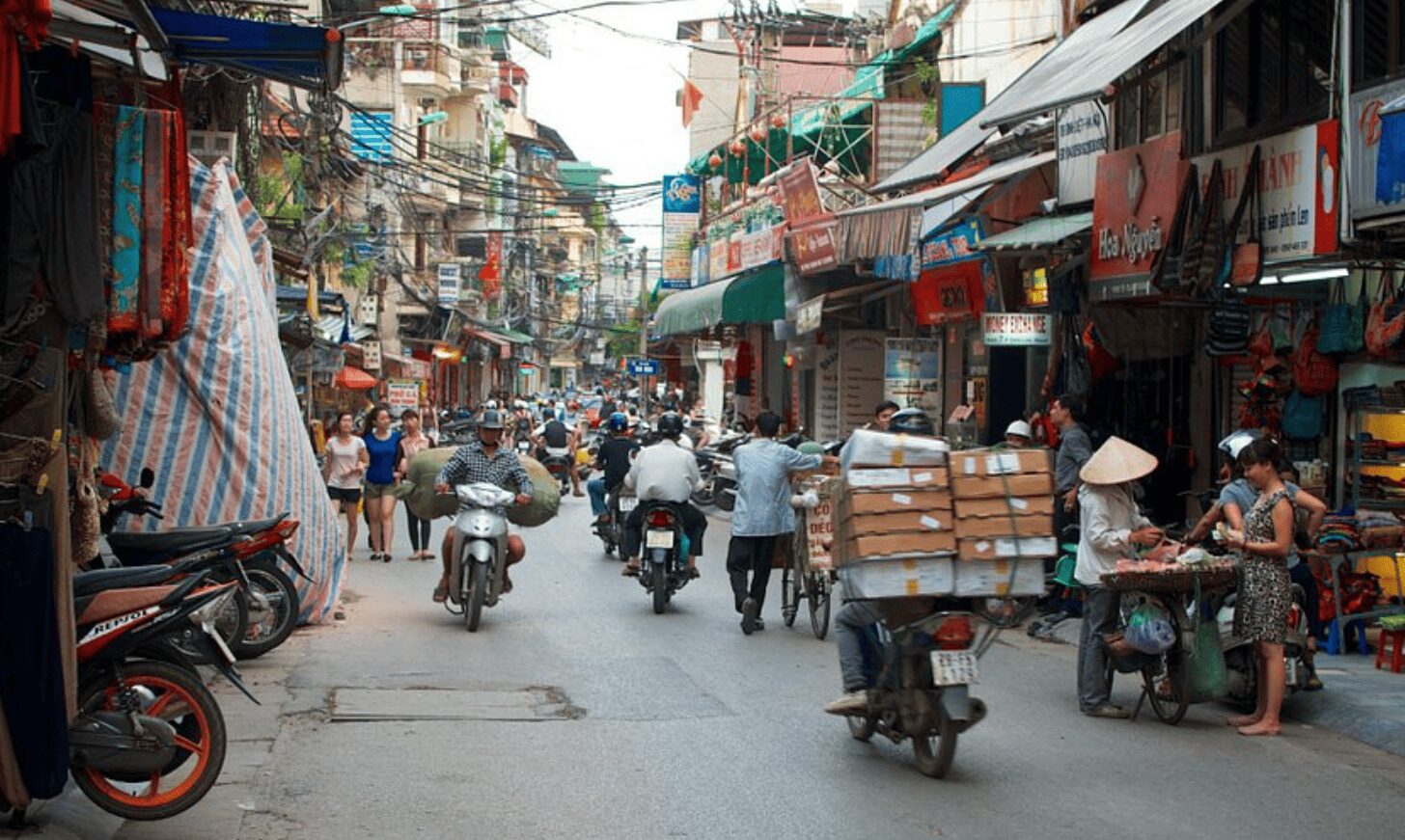When is Vietnamese New Year? Introducing the Characteristics of the Holiday

New Year’s celebrations vary in time and form around the world. Particularly, the Vietnamese New Year, known as “Tet,” is renowned for its unique culture and traditions. This article will explore when the Vietnamese New Year occurs and delve into the fascinating features and customs of “Tet.”
目次
1. New Year’s Celebrations Around the World
Countries around the globe celebrate the New Year at various times and in different ways, each with its own culture and traditions. For instance, in China, the Spring Festival aligns with the Lunar New Year in early February, marked by family gatherings and lavish meals. In India, Diwali in November is celebrated with homes lit up and offerings to the gods. In Russia, the New Year is celebrated on January 14th, featuring traditional dishes and family gatherings. These celebrations, based on each region’s history and religion, hold significant meanings in their respective cultures and communities.
2. When is the Vietnamese New Year?
The Vietnamese New Year, “Tet,” based on the Lunar calendar, falls on different dates each year, usually between late January and early February. Its timing is determined according to the Lunar New Year, differing from the Gregorian calendar. This coincides with the Chinese Spring Festival and the Korean Lunar New Year, each with its unique celebration. In Vietnam, “Tet” sees a massive exodus as families return to their hometowns, causing significant congestion. For instance, buses and trains from Hanoi or Ho Chi Minh City to rural areas often become fully booked weeks in advance.
3. What is the Vietnamese New Year “Tet”?
“Tet” is the most important traditional holiday in Vietnam, involving family reunions, ancestral worship, and New Year celebrations. Families gather to decorate altars for ancestors, clean and decorate their homes, and prepare for the New Year. “Tet” symbolizes new beginnings in Vietnamese culture and strengthens family bonds. Traditional dishes like “Banh Chung” (square glutinous rice cake) and “Gio” (rice wrapped in banana leaves) are made to wish for prosperity and health, shared among family and friends.
4. Features and Customs of “Tet”
“Tet” encompasses various traditional events and customs. For example, “Tao Quan,” a family meal on New Year’s Eve, signifies family unity. Homes are adorned with “Hoa Mai” (apricot blossom) and “Hoa Dao” (peach blossom), and the center of the house features “Cau Bon” (five-colored flags) made of paper. Children receive “Li Xi” (lucky money) in red envelopes as New Year blessings. These traditions play a vital role in strengthening family ties and wishing for good fortune in the New Year.
5. Conclusion
The Vietnamese “Tet” is more than just a New Year celebration; it deepens family bonds and shows respect for ancestors. It allows you to experience the rich culture and traditions of Vietnam. When visiting Vietnam, immerse yourself in the “Tet” celebrations to fully enjoy its charm. Deeply rooted in Vietnamese culture, “Tet” and its customs and traditions are deeply engraved in the hearts and lives of the Vietnamese people.
(Photo by Unsplash.com)



